2023 Student Retention Survey Results
In most higher education institutions, about a third of all first-year students eventually opt to transfer. To delve deeper into the reasons behind such decisions, we surveyed students transferring in the Fall of 2023. The feedback offers crucial insights, shedding light on ways to enhance student persistence and retention. Dive into the survey data below and uncover the nuanced perspectives involved.

It’s evident that while educational opportunities are a primary factor for students transferring, the overall campus experience (orientation, amenities, extracurricular activities) and accurate portrayal of campus life also play critical roles in their decisions. Institutions focusing on enhancing these facets stand to see improved retention rates.
- 76% of the respondents believed that better online resources displaying actual campus life would have mitigated the disconnect.
- 66% of the respondents indicated that more campus events at their original school would have influenced their decision to transfer.
- The majority of respondents were involved in 2 student groups or extracurricular activities at their original school.
- The main reason for transferring schools among respondents was improved educational opportunities (39%).
It’s evident that while educational opportunities are a primary factor for students transferring, the overall campus experience (orientation, amenities, extracurricular activities) and accurate portrayal of campus life also play critical roles in their decisions. Institutions focusing on enhancing these facets stand to see improved retention rates.
- 76% of the respondents believed that better online resources displaying actual campus life would have mitigated the disconnect.
- 66% of the respondents indicated that more campus events at their original school would have influenced their decision to transfer.
- The majority of respondents were involved in 2 student groups or extracurricular activities at their original school.
- The main reason for transferring schools among respondents was improved educational opportunities (39%).
Student Perception
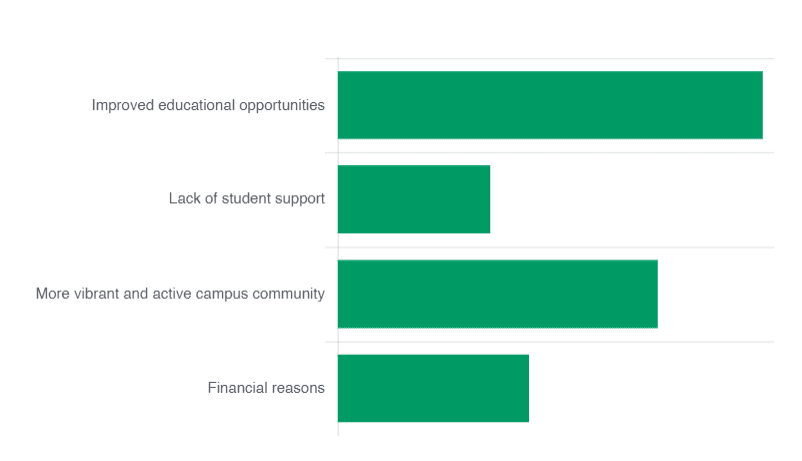
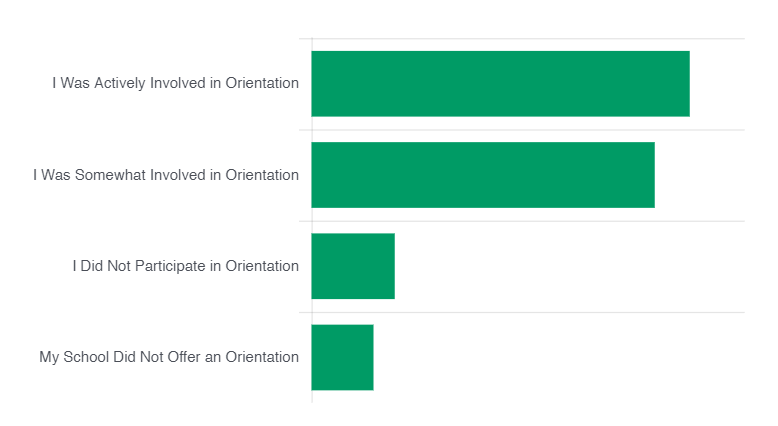

Which answer below best describes how you feel about your school’s efforts to digitally accommodate those with special needs – specifically access to websites, digital tools and technologies?
While the majority of students surveyed (56%) feel that their school prioritizes digital accessibility and takes action to improve the digital experience, the remaining 44% of students surveyed feel that their college or university has room to improve their approach to digital accessibility.
- Digital accessibility is an important priority at my school and action is taken to improve the digital platforms students use – 56.2%
- My school talks a lot about digital accessibility but does not take action to improve the digital platforms students use – 28.4%
- Digital accessibility is a low priority at my school, limited or basic actions are taken to improve the digital platforms students use. – 13.2%
- Digital accessibility is a low priority at my school, limited or basic actions are taken to improve the digital platforms students use. – 2.2%
How effective is your school at removing barriers that prevent interaction with, or access to websites, digital tools and technologies, by students with disabilities?

How would you describe your school’s approach to providing access to accessibility tools and features for students with disabilities?
Do students with disabilities have to make requests for accommodations or are they readily available on campus? Half of respondents believe that to be true. However 45% of respondents feel that accessibility tools and features must be requested, with another 5% of respondents indicating that their school makes no effort to provide accessibility tools or features.
- Digital accessibility is an important priority at my school and action is taken to improve the digital platforms students use – 56.2%
- My school talks a lot about digital accessibility but does not take action to improve the digital platforms students use – 28.4%
- Digital accessibility is a low priority at my school, limited or basic actions are taken to improve the digital platforms students use. 13.2%
- Digital accessibility is a low priority at my school, limited or basic actions are taken to improve the digital platforms students use. 2.2%

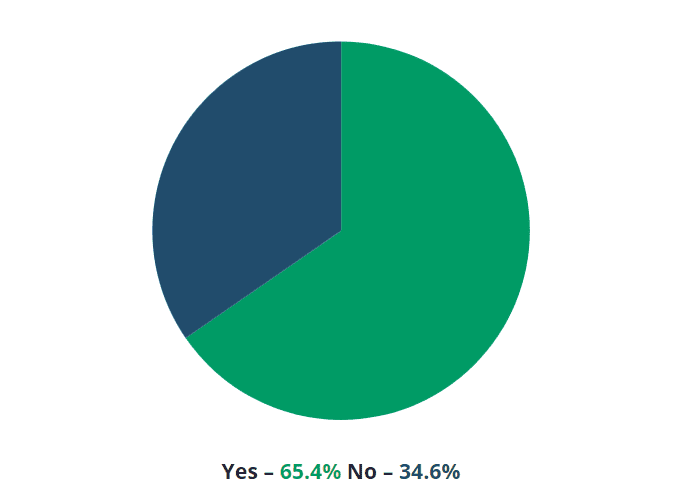
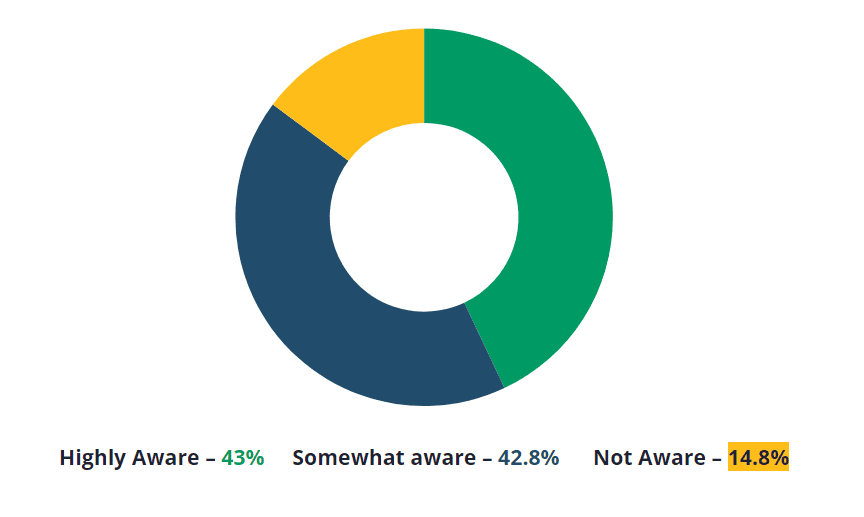
Watch our Recent Round Table on Student Retention & Persistence
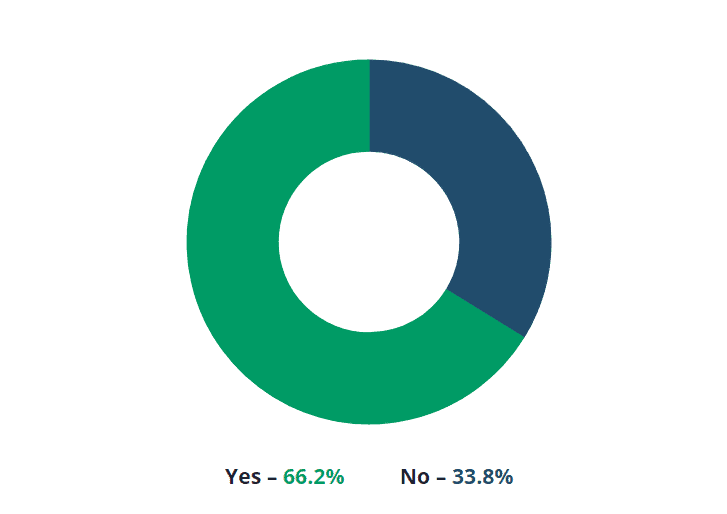

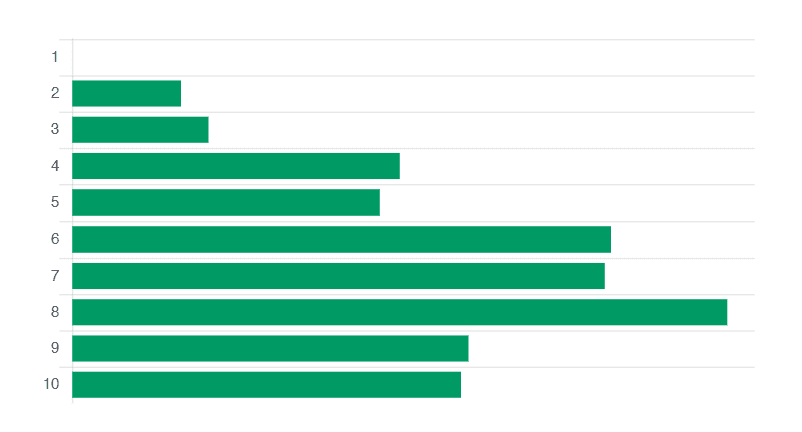
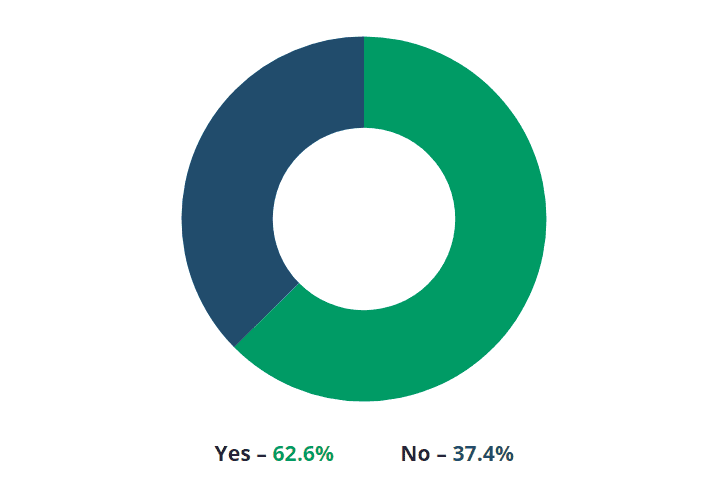

These survey results highlight notable discrepancies between students’ online perceptions and their on-campus experiences. The emphasis on accurate online representation and genuine campus engagements is evident. While many students prioritize educational opportunities, factors like campus orientation, amenities, and extracurricular involvement also significantly influence their decisions to transfer. Addressing these concerns is crucial for institutions aiming to enhance student satisfaction and retention.
Watch our Recent Round Table on Student Retention & Persistence
Seeing is believing.
See our technology come together in one seamless experience.

